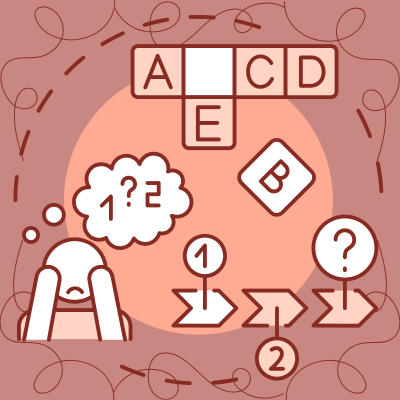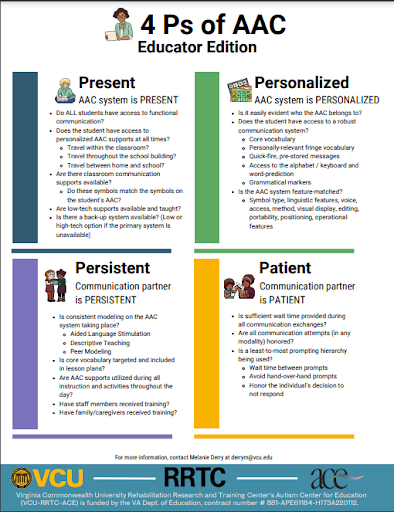DYScover the other DYSorders related to Dyslexia: Dysgraphia and Dyscalculia
The definition of specific learning disorder (SLD) in the DSM-V (Diagnostic and Statistical Manual of Mental Disorders, fifth edition) states that a specific learning disorder is a disorder with impairments in mathematics, reading, or written expression (Dyscalculia.org, 2019, para. 7). If you were to replace those three keywords with three “dys” words, mathematics could be […]
Writing: A tool for mathematical thinking
Writing in math classrooms plays a crucial role in helping students articulate their thought processes, communicate ideas effectively, and reflect on their learning. The 2023 Virginia Standards of Learning for Mathematics (Virginia Department of Education, 2023) emphasize the importance of critical thinking, problem-solving, and the application of mathematical concepts. By integrating writing into math instruction, […]
Supporting students with invisible disabilities
Invisible disabilities can significantly impact students in K–12 education, often presenting challenges that affect learning, social interaction, and emotional well-being. They are conditions such as dyslexia, ADHD, anxiety, or chronic illnesses that may go unnoticed but can hinder a student’s ability to engage in a traditional classroom setting. These challenges require proactive strategies from educators […]
Manipulatives and math aids in the mathematics classroom: Is there a difference?
Supporting all students in the mathematics classroom starts with the use of evidence-based Tier 1 instruction. For decades, that foundation has been the use of the Concrete-Representational-Abstract, or C-R-A, framework, which is supported by the research and studies of Jerome Bruner and Helen Kenney (Bruner & Kenney, 1965). The framework advocates for providing instruction to […]
The communication catalyst: Empowering voices through the 4Ps of AAC
The world of Augmentative and Alternative Communication (AAC) has undergone a remarkable transformation over the past decade. We now have access to cutting-edge high-tech options and personalized access methods like eye gaze and head tracking. However, the challenge remains – many teachers and even some therapists aren’t equipped with the necessary experience and training to […]
Microteaching: A model for professional development
For every licensed educator, ongoing and continuous professional development (PD) is likely a requirement for recertification. Unfortunately, many educators do not buy-in to PD due to lack of choice, relevance, and the “sit and get” nature of many offerings (Kroeger et al., 2022). In their article, “Microteaching: An Opportunity for Meaningful Professional Development,” Kroeger et […]
Creating change in the co-taught classroom using the Plan-Do-Study-Act cycle
Creating change in the co-taught classroom can be challenging. Using the Plan-Do-Study-Act (PDSA) method allows co-teachers to make data-informed decisions about areas needing improvement, adjust those areas, and analyze the results to consider the following steps to improve student outcomes. The PDSA model was first developed to monitor quality control in the scientific community, and […]
Providing scaffolded supports to increase student success
Take a minute to think about how an adult helps a child learn to ride a bike. He doesn’t put her on the bike and say, “There you go! Ride the bike!” Instead, he scaffolds the support in order to help her learn to ride her bike independently: The adult knew a gap existed between […]
The benefits of STEM education in the co-taught classroom
For the United States to maintain its status as a global leader in innovation, it is projected that over one million more professionals from the Science, Technology, Engineering, and Math (STEM) sectors will be needed over the next ten years (Athanasia & Cota, 2022). With the rapidly growing need in these fields, educators must consider […]
Giving a voice: The power of modeling and augmentative and alternative communication
In today’s advanced world, people with communication challenges have more opportunities than ever to express themselves. We all communicate in different ways, whether through speech, sign language, pictures, gestalts, speech-generating devices, eye gaze, or keyboards. Aided Language Input (ALI) is a powerful, proven, effective strategy. ALI is also referred to as Aided Language Stimulation or […]









